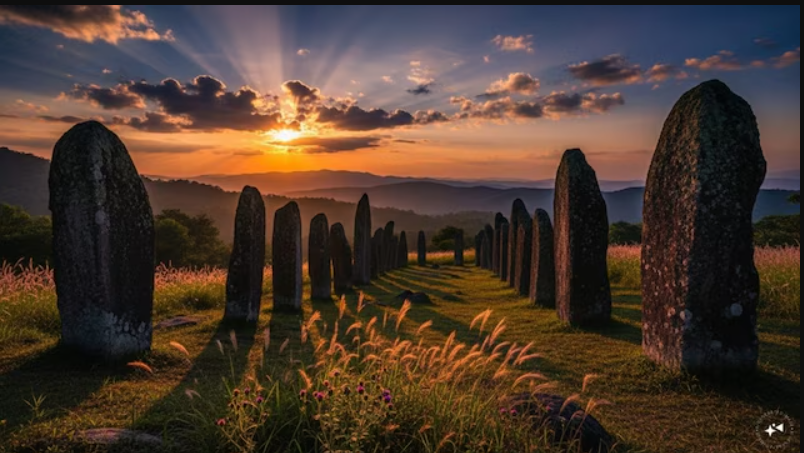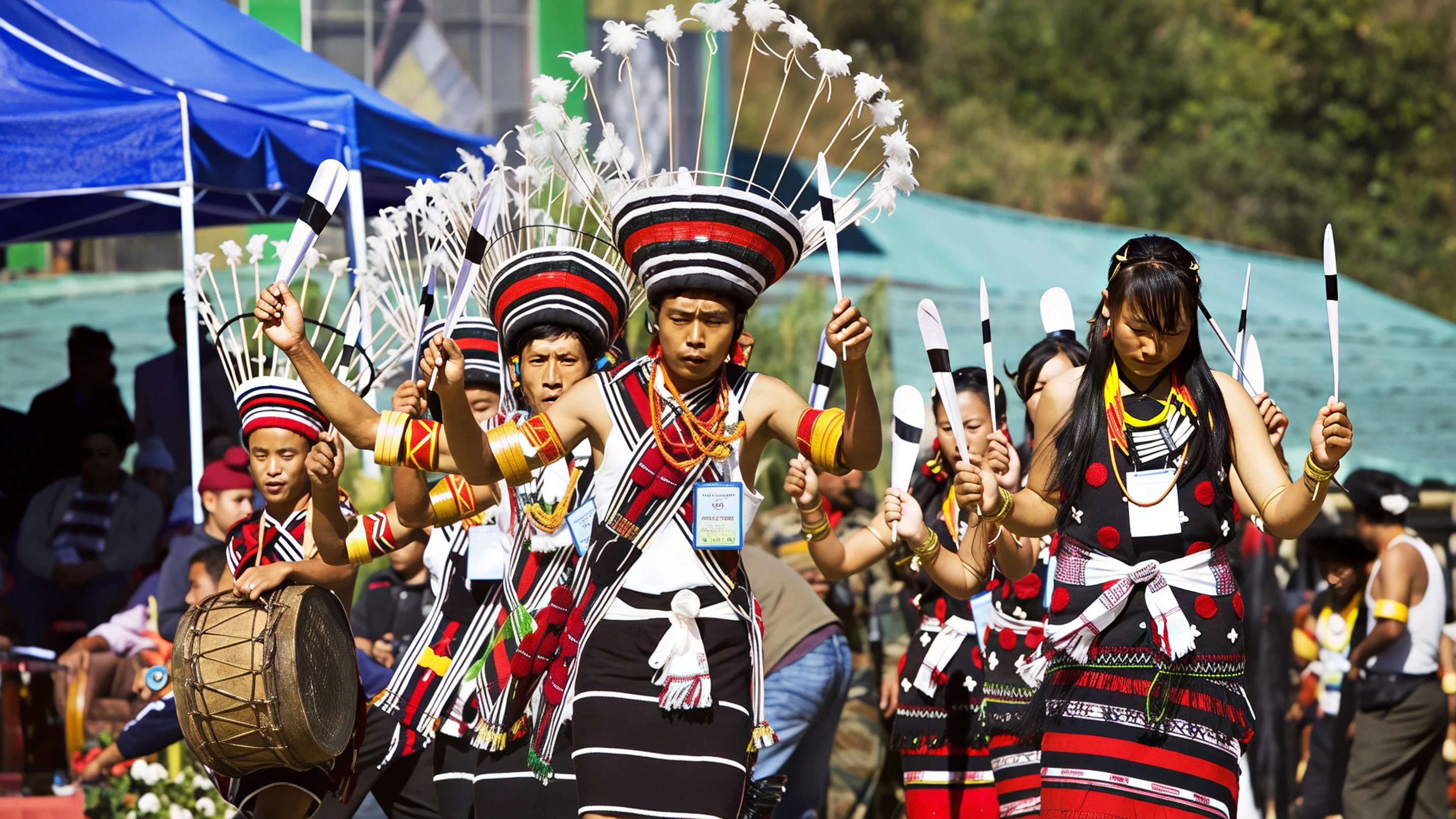In a significant step toward preserving India’s lesser-known heritage, the Archaeological Survey of India has declared the Lianpui menhirs in Mizoram as a Monument of National Importance. Tucked away in the eastern highlands of the Champhai district near the Myanmar border, this site is now set to receive government protection, funding, and future conservation efforts, placing it alongside other nationally valued archaeological landmarks.
The Lianpui menhirs are a dense and striking group of vertically standing stones believed to be a part of Mizo tribal customs of commemorating ancestors and marking significant achievements. These megalithic stones have long been an integral part of the oral traditions in the region, representing both historical memory and cultural identity. With this declaration, the ASI has brought this remote site into the national spotlight, ensuring its place in India’s protected heritage landscape.
Menhirs are typically tall upright stones, often without inscriptions, that are rooted in ancient traditions of remembrance. Found across many parts of Asia and Europe, they are most often associated with tribal rituals, ancestral worship, and local legends. In Mizoram, they are believed to honor people who made notable contributions to their communities, whether through leadership, generosity, skill in hunting, or acts of bravery. Each stone stands as a silent yet powerful narrative of the person it memorializes.
The menhirs of Lianpui are especially notable due to their size, formation, and excellent preservation. Unlike ordinary tombstones, these stones were meant to be seen by all and remembered by generations. Oral histories refer to them as “Lungphun Ropui,” meaning noble stone arrays. Their presence in the region is not only a testament to ancient Mizo customs but also an example of how stone monuments can serve as living records of community life.
Located in Lianpui village, around 190 kilometers from Aizawl, the site sits within the Khawzawl subdivision of Champhai district. The route to this region is remote and largely dependent on road access through the rugged Lushai Hills. While once mostly known only to local villagers and scholars, the site has been attracting growing interest from historians, researchers, and domestic tourists following ASI’s documentation efforts.
The declaration will allow the ASI to begin formal conservation work, including protecting the site from encroachments, natural wear, and unregulated tourism. Conservation efforts may include adding multilingual signage, regular site maintenance, and infrastructure to make the location more accessible while respecting its cultural fabric.
Moreover, the designation opens doors for collaborative projects between the ASI and local cultural organizations. There is now potential for deeper archaeological investigations, including scientific dating techniques that could reveal more about the site’s age and history. Oral stories passed down through generations have preserved the memory of these stones, but modern tools could help fill the historical gaps and tie this heritage more firmly to the broader Indian archaeological context.
This recognition is also part of a larger cultural shift. Northeastern India is rich in archaeological and anthropological treasures, but many of its sites remain undocumented and unprotected. From engraved stones to rock art and menhirs across Lunglei, Aizawl, and Serchhip, there is much waiting to be preserved. With Lianpui now on the national map, the ASI’s move may serve as a signal for further exploration and protection across the region.
More importantly, this moment represents an acknowledgment of the histories that have often existed outside mainstream narratives. It bridges the gap between local oral traditions and national recognition, showing how deeply rooted cultural practices can be respected, preserved, and celebrated through official channels.
For those who love heritage travel, Lianpui now offers an opportunity to witness a piece of ancient India that is both visually captivating and culturally profound.
For more stories like this and updates from India’s most remote heritage destinations, follow Travel Moves on Instagram and Facebook.








